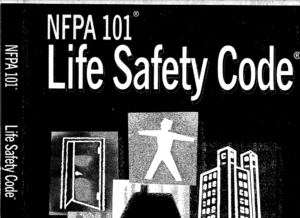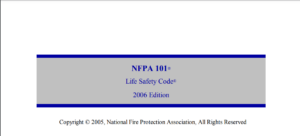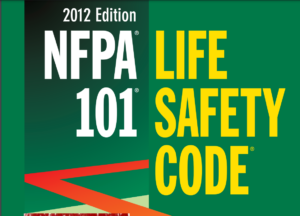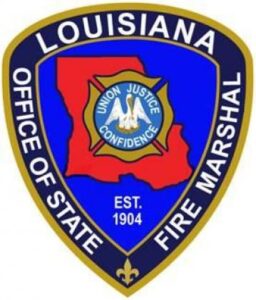The 2015 edition of the NFPA 101® Life Safety Code® is a comprehensive safety document formulated by the National Fire Protection Association (NFPA) to provide guidelines on minimizing the danger to life from fire and related hazards such as smoke, heat, and toxic gases. Originating from a safety pamphlet published in 1912, the Life Safety Code has evolved through extensive research, development, and revisions to encompass a wide range of safety measures and regulations for building construction and maintenance.
The code is organized into multiple sections that detail requirements for various building features including egress facilities, fire protection equipment, and building services that ensure prompt and safe evacuation during emergencies. It also addresses the construction and arrangement of exit facilities like stairways and doorways. The 2015 edition emphasizes the development of provisions for new and existing buildings and introduces new chapters specific to modern needs such as emergency planning, building rehabilitation, and provisions for the safe use of alcohol-based hand-rub dispensers.
Significant changes in this edition include the adoption of performance-based options that allow for the use of alternative methods for compliance, provided they meet or exceed the code’s safety objectives. This flexibility supports the use of innovative technologies and practices in fire safety. Furthermore, the code continuously integrates updates to align with contemporary standards and practices, such as those concerning egress, fire alarms, and the installation of sprinklers.
The NFPA 101® Life Safety Code® functions not just as a regulatory document but also as a vital resource for architects, engineers, and safety professionals involved in building design and management. It lays out the minimum requirements for features necessary to protect life from fire, providing a crucial foundation for safety regulations across various types of occupancies and buildings.






